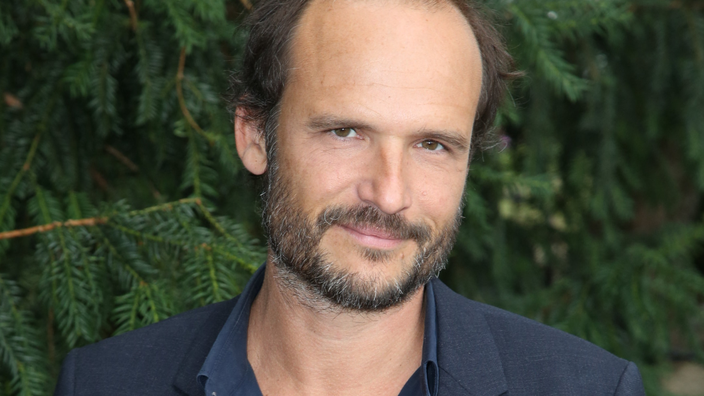Anxiety, depression, self-harm, even suicides: with the pandemic, an increasing number of young Americans are suffering from mental disorders, prompting doctors, parents and educators to sound the alarm bells.
Millions of pupils and students, condemned to online courses, often since last March, are reduced to spending hours in front of the computer, deprived of games, in-person interactions, of sports lessons, of art or of music.
“There are days when I feel very sad, a little hopeless… It’s like a never-ending nightmare,” says Sarah Frank, 18, of Tampa, Florida.
Coming from a family very vulnerable to the pandemic, she has hardly left her home since March.
“There is a lot of loneliness, for me and the other teens,” says the high school student, who in the summer of 2020 co-founded the State of Mind Project, a support site for adolescents produced by adolescents.
Deanna Caputo, a mother of two who since March has been educated 100% online at a public school in Arlington, Virginia, has seen her 10-year-old son display increasing signs of depression.
“He would wake up in the morning, and go back to sleep until noon. He started saying things like + I’m not smart +, + I don’t know anything +, + I’m good for nothing +”, confides this psychologist to AFP. “He was falling behind in his homework, he cried all the time (…) Every day, he said: + I miss my friends.”
“For some children it is worse. I only hear about children on medication,” she added, explaining that she could not find a therapist for her son in Arlington because the demand is too high.
– Psychiatric emergencies
No national figure on teenage suicides, on the rise in the United States for 10 years, is yet available for 2020.
But some local cases are striking: in a Nevada county that includes Las Vegas, 19 students have committed suicide since March, more than double the figure for 2019. While they cannot be directly attributed to the pandemic, authorities, under pressure , announced the upcoming reopening of schools.
For Carlos Arballo, a therapist at Lawrence College in Los Angeles, 100% virtual since March, “the anxiety and depression are enormous”.
“If for adults the Covid has been a health crisis, for children it is a mental health crisis”, explains Susan Duffy, professor of pediatrics and emergency medicine at Brown University.
According to the Centers for Disease Prevention and Control (CDC), visits by young people aged 12 to 17 to psychiatric emergencies increased by 31% between March and October 2020, compared to the same period in 2019, while those of young people aged 5 to 11 increased by 24%.
Susan Duffy experiences it directly in the Rhode Island State Hospital where she works. Like many of her colleagues across the United States, she says, she sees “an increase in the numbers of suicide attempts.”
“We are seeing more kids wanting to self-harm like suicide attempts, which is very, very worrying,” she said.
– Arm wrestling with the unions
Faced with all this worrying data, the battle to reopen schools is raging.
Students are “without teachers or caring adults outside the family circle, who are often the ones who detect subtle signs of crisis, depression, anxiety,” says Ms. Duffy.
In the United States, the opening of schools depends on each school district. Currently, 38% of American schools only offer online education, up from 62% in September, according to the Burbio site, which tracks school reopening.
At the end of January, a CDC report encouraged reopening, noting that schools observing physical distancing, mask wearing, and other health precautions had not seen rapid spread of the coronavirus within them.
But the teachers’ unions, worried about the contagion, resist. As in Chicago, where city hall and unions have engaged in a standoff with the threat of strike action, or in Los Angeles, where unions are demanding that all teachers be vaccinated before reopening.
The students are “locked up for almost a year, prisoners of the unions,” laments Deanna Caputo, the mother psychologist from Arlington.
The reopening is all the more urgent as the stress generated by the pandemic, the rise in unemployment and insecurity have increased cases of family abuse, according to the CDC.
“Those who alert are often teachers,” says Ms. Caputo. “When parents are in despair, there is a tendency for violent behavior, alcoholism, and physical and mental violence.”
Source: AFP
–


